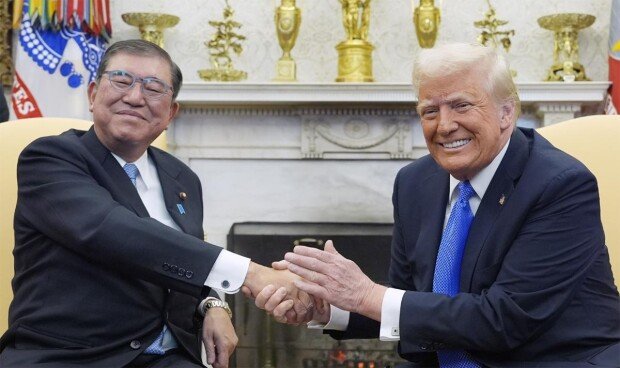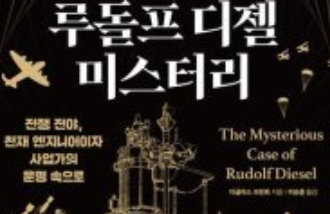Trump escalates trade war with ‘reciprocal tariffs’
Trump escalates trade war with ‘reciprocal tariffs’
Posted February. 10, 2025 07:24,
Updated February. 10, 2025 07:24

U.S. President Donald Trump announced on Friday (local time) that he would apply "reciprocal tariffs" to multiple countries starting Monday or Tuesday. Having previously declared his intention to impose "universal tariffs" on major countries by April this year, Trump has now revealed another tariff measure—the reciprocal tariff. Reciprocal tariffs involve imposing equivalent tariffs based on the tariff rates set by the counterpart country, differing from universal tariffs, which apply a uniform rate on all imports.
Since Tuesday, the Trump administration has applied an additional 10% universal tariff on Chinese goods. In response, China has decided to impose retaliatory tariffs of 10–15% on U.S. goods starting Monday. With Trump now bringing up reciprocal tariffs as well, analysts suggest that Korea—currently recording its largest trade surplus with the U.S.—may find it difficult to avoid the fallout of Trump’s “tariff storm.” This is because he is likely to use reciprocal tariffs as a tool to address trade imbalances, including trade deficits and disproportionate exchanges in specific product categories.
On Friday, during a press conference following his summit with Japanese Prime Minister Shigeru Ishiba at the White House in Washington, D.C., President Trump said he would impose the same level of tariffs that each country applies to the U.S. He specified that the announcement on reciprocal tariffs would come on Monday or Tuesday. Notably, he emphasized that reciprocal tariffs would impact all countries, indicating that major nations with trade surpluses in their dealings with the U.S., including South Korea, are within its scope. Reciprocal tariffs have rarely been implemented under the World Trade Organization (WTO) framework. As such, some analysts interpret this move as an attempt to shake the foundations of the WTO system, which has long been regarded as the standard for global trade.
Jin-Woo Shin niceshin@donga.com







